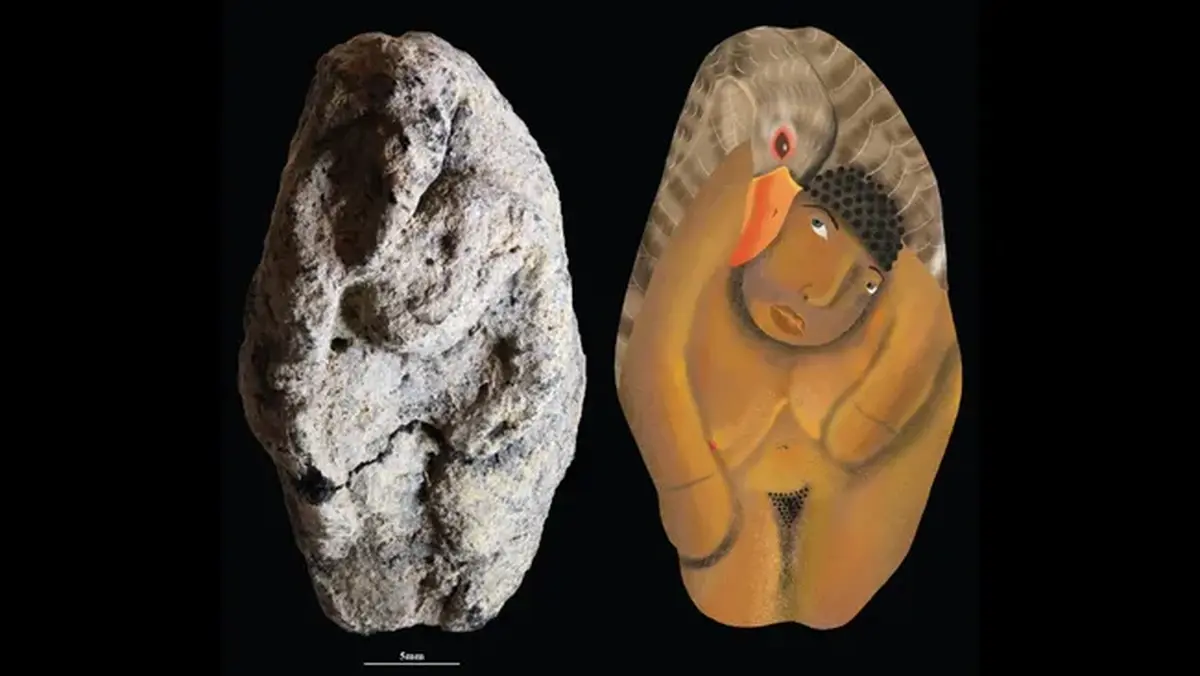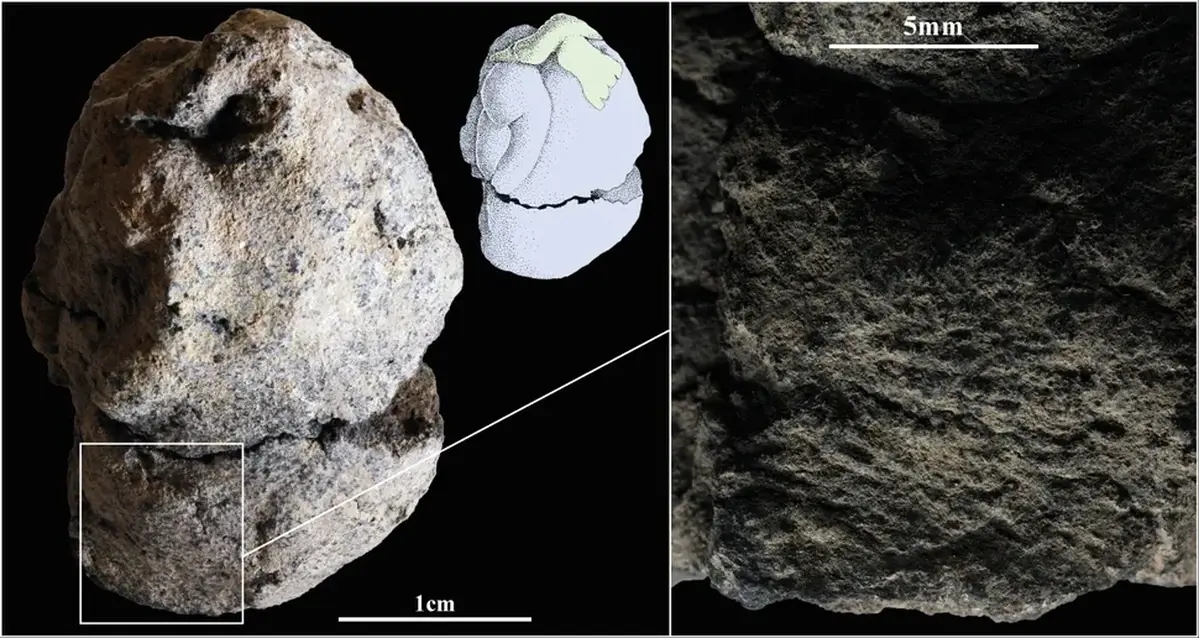 from the Hebrew University of Jerusalem have unearthed a rare figurine in northern . Created 12,000 years ago, it depicts an intimate moment between a goose and a naked woman. This serves as one of the earliest pieces of evidence of animistic beliefs in Southwest Asia.
from the Hebrew University of Jerusalem have unearthed a rare figurine in northern . Created 12,000 years ago, it depicts an intimate moment between a goose and a naked woman. This serves as one of the earliest pieces of evidence of animistic beliefs in Southwest Asia.
Long before the ancient Greeks envisioned Zeus transforming into a swan to seduce the princess Leda, the Natufians in Southwest Asia captured a similar narrative in this statuette.
What Did the Researchers Report?
“When I saw this small piece of clay, I immediately recognized the figure of a person, and then the bird lying on her back,” said archaeologist Laurent Davin, the lead author of the study, in an interview with Live Science.
The figurine illustrates the tender relationship between the woman and the bird (likely a goose). Furthermore, it represents the earliest known depiction of a woman in Southwest Asia, as noted by Davin’s team in their article published in the journal PNAS.
During the scientific investigation, Davin meticulously examined tens of thousands of small clay fragments collected from several archaeological sites of the Natufian culture. The Natufians were sedentary hunters and gatherers who lived in what is now Israel, Palestine, Jordan, Lebanon, and Syria between 15,000 and 11,500 years ago.
Davin was drawn to a tiny piece of processed clay from the archaeological site of Nahal Ein Gev II, located about two kilometers east of the Sea of Galilee.
“I realized I was holding an exceptional piece, both in terms of the depicted object and the quality of the craftsmanship,” the archaeologist shared. He stated that it is “the most complete and detailed representation of the human body in Natufian culture found to date.”
The team reported that the 3.7 cm tall figurine was sculpted from a solid piece of clay. It was discovered broken into three parts. The ancient artisan fired it in a kiln and then coated it with red mineral pigment.

Close-up of the artifact shows the fingerprint of the person who likely created it.
At the top of the statuette, you can see the goose lying on the woman’s back. The bird’s wings are spread and thrown back. The assumption that this bird is a goose is supported by numerous findings of goose bones at archaeological sites, indicating that the Natufians used geese both for food and for making ornaments.
According to the research, one possible interpretation of the figurine is that it depicts a hunter carrying a slain bird. However, archaeologists lean towards a more mythological explanation: the intimate relationship between the goose and the woman.
Laurent Davin also noted a partial fingerprint on the figurine, likely belonging to a woman. This suggests that the statuette may have been crafted by a female artisan.
The team pointed out that the artifact was found in an area used as a , alongside other unique discoveries, including a child’s burial and a cache of human teeth.
Co-author of the study, Leor Grossman, remarked that the figurine of the woman and the goose “bridges the world of nomadic hunter-gatherers and the world of the first settled communities, illustrating how imagination and symbolic thinking began to shape human culture.”
